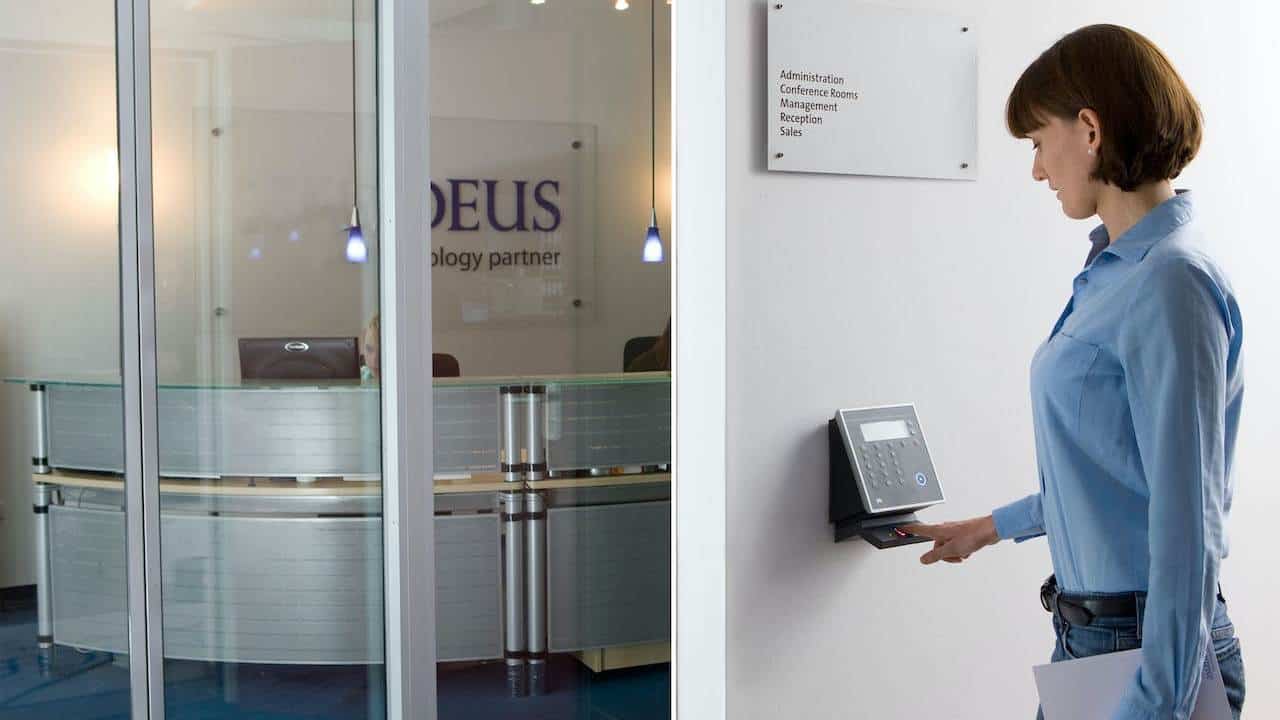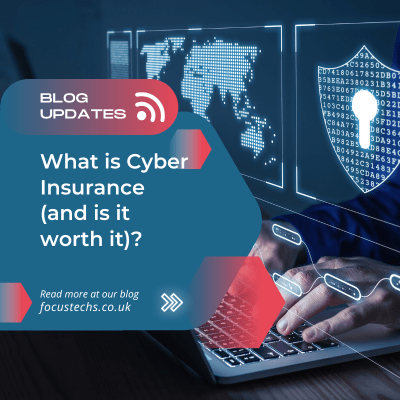Connected devices fuel data-driven efficiency – Technologist
Digital transformation is happening across the energy sector at a rapid pace. While accelerated digital adoption can be attributed to the pandemic, Singapore had the foresight to outline the digitalisation of the industry in 2017.
This was done through the Ministry of Trade and Industry’s (MTI) Committee on Future Economy report, charting the transformation of the manufacturing industry into Industry 4.0.
In basic terms, Industry 4.0 refers to the use of digital technologies to support automation in the manufacturing sector, delivering value to every stage of the production process. It is impacting almost every aspect of how companies do business, especially when it comes to repairing and maintaining their machines.
Historically, businesses depend on taking a preventative approach to machine maintenance. However, downtime is too costly in an industry where the product (energy) is expected to be provided reliably and consistently.
One of the ways the energy sector can benefit from digital transformation and modernisation is by utilising intelligent, connected technologies that work behind the scenes, gathering and analysing data 24 hours a day.
Why adopt IoT
Here are three main reasons to adopt the Internet of Things (IoT) – Firstly, remotely collecting data allows energy businesses to operate remote services more effectively to, for example, improve efficiency or safety. Secondly, connecting devices helps shorten feedback loops.
For example, the data can deliver real-time insights into how customers use products or services. These insights provide a window of opportunity for fine-tuning them during the engineering and design stages.
Finally, when companies are proactive in machine maintenance, they can spot potential risks before they become high-cost problems. Businesses appear to be seeing the value in that, with estimates predicting the total number of connected devices to reach some 64 billion by the middle of this decade.
According to a recent IDC report, spending on IoT technologies in Asia-Pacific (excluding Japan) would reach beyond US$400 billion by the year 2026. IoT use cases that see the highest spending in 2022 include manufacturing operations and production asset management.
At the same time, Singapore’s steadfast investment in such technologies looks to grow the value of industries utilising such tech. Of the SGD3.8 billion committed to the ICT sector here, 70% will go into application building and upgrading.
With the value of projects adopting emerging technologies such as machine learning, sensors and IoT looking set to more than double from well under a billion Singaporean dollars on-year to $2 billion this year, unlocking the potential of Industry 4.0 will require Singaporean businesses to harness solutions that enable them to gain full value from these emerging technologies.
Replacing old-school preventative maintenance
Today, instead of more traditional ways, a company can use IoT-based, data-driven insights for preventative maintenance.
For example, a solar energy company tasked with installing solar panels for the Housing Development Board (HDB) under the SolarNova programme, which provides solar energy to over 8000 housing blocks in Singapore. Systems downtime due to hardware failure would not only negatively impact consumers, but also regulatory fines and reputational damage to the government.
With remote access capabilities provided through IoT-based data collection and artificial intelligence (AI) analysis, a business can observe when machines need attention based on real-time insights into vibrations, light density, temperature, and more.
What’s more, since IoT-based systems are constantly collecting data, processes get smarter over time. As a company assesses the machines’ data flow and executes repairs based on the data, the system will learn through (AI) to make even more accurate predictions.
Secure connected devices against cyber attackers
With the rise of supply chain attacks against manufacturing organisations, organisations must also consider the security risks and manage them through proper IoT device security measures and protocols.
Ways to enhance IoT security include ensuring equipment manufacturers follow good security practices. Organisations also need to layer security controls for a defence-in-depth approach to protect critical technology such as through patching, vulnerability testing, penetration testing, and network isolation to ensure that these connected devices are secured.
Onward together
Modernisation, automation, and data management are transforming today’s energy sector. With a steady flow of data from machines, one can achieve business outcomes based on strategic insights, which empowers organisations to save on labour costs and avoid expenses associated with premature machinery replacement.
For organisations in Asia seeking to utilise ground-breaking technologies, seeking out data modernisation teams with deep technical and business process expertise should be a priority. This would help them learn to design and build data architectures fit for accelerating innovation and realising value faster, not just in productivity but in sustainability as well.


